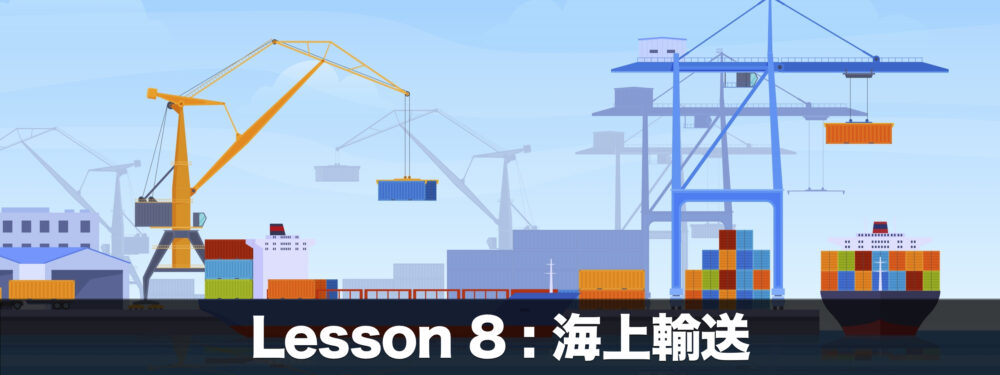8-5. How a Bill of Lading is Issued

Overview





What You Learn in This Topic
- What is a Bill of Lading (B/L)?
- Roles of a B/L
- The Cases When a B/L is Useful
- How a B/L is issued
- To Avoid Losing a B/L
What is a Bill of Lading? (B/L)
A Bill of Lading is one of the shipping documents and is crucial to international trade. And it possesses characteristics of negotiable securities.



Roles of a Bill of Lading
The Bill of Lading serves as the following roles:
- Certificate of receipt
- Exchange certificate for goods
- Transportation agreement
B/L represents ownership of the goods being shipped. It is also used as negotiable securities.


The Cases When B/L is Useful
Bills of Lading (B/L) can be used to manage transaction risk. The following cases are where it comes in handy:
- When there are concerns about payment
- When you want to prevent the risk of unshipped
When there are concerns about payment
B/L is used for the importer to claim the cargo. Therefore, the importer cannot pick up the cargo from the port without possessing the B/L.
The exporter can withhold the B/L until the payment has been transferred.
When you want to prevent the risk of unshipped
The shipping company issues a B/L or forwarder after loading the cargo onto the vessel.


How a Bill of Lading (B/L) is Issued

Let’s take a look at how the Bill of Lading (B/L) is issued. It is important to note the following key players:
- Shipper (Exporter)
- Exporter Side Forwarder
- Importer Side Forwarder
- Consignee (Importer)
The Issuing Process
Scenario: The exporter books FCL ocean transportation with a forwarder
- The vessel departs from the port
- The exporter’s forwarder issues a B/L
- The B/L is sent to the exporter
- The exporter receives the payment for the goods
- The B/L is sent to the importer
- The vessel arrives at the importing port
- The importer’s forwarder issues the Delivery Order (D/O)
- The importer presents the B/L to the forwarder
- The importer receives the D/O, which serves as the document for cargo release

To Avoid Losing a B/L

As a Bill of Lading is negotiable securities, the shipping company cannot issue a new one easily. It is customary to send B/Ls separately from the exporter to the importer via courier.
- First mail: 2 B/Ls
- Second mail: 1 B/L
If the importer submits any one of the originals to the forwarder, the other originals become invalid.

Summary
The Bill of Lading (B/L) serves the following roles:
- Certificate of receipt
- Exchange certificate for goods
- Negotiable Securities
- Transportation Agreement
A Bill of Lading (B/L) is required on the importing side to claim the cargo at the destination. Losing it means you won’t be able to pick up your cargo, so it’s crucial to handle it with care.
Learn by Video
Take the Test
Review what you have learned in this topic by solving the exercises. You should solve the exercises without looking at the issues as much as possible.




